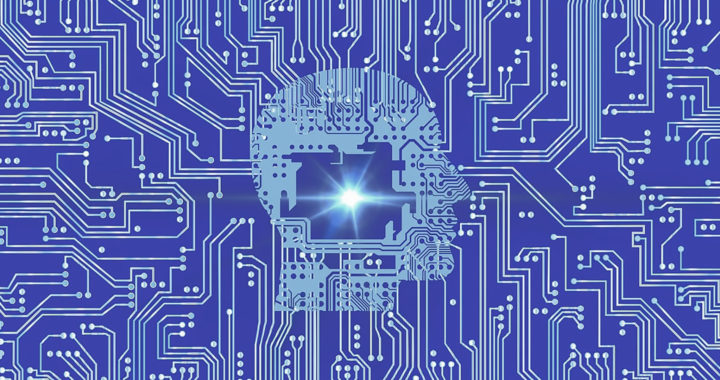The term “artificial neural network” might be intimidating for those who are unfamiliar with artificial intelligence terminologies and technologies or not adept at understanding the latest developments in tech. This article defines and explains what artificial neural networks are, what they do, and how they work by highlighting their core characteristics.
Defining and Explaining Artificial Neural Network Through Its Core Characteristics
It is important to note that an artificial neural network or ANN is central to several AI concepts and applications such as machine learning and deep learning, natural language processing and large language modeling, other AI goals and fields, and even artificial general intelligence.
Below are the core characteristics of ANNs:
1. It Is Central to a Machine Learning Subset Called Deep Learning
Machine learning equips computer systems with the capabilities to learn from training datasets. Deep learning is one of its subsets. It has advantages over other machine learning models because it uses an artificial neural network that surpasses the capabilities of traditional networks because it can process and learn from huge amounts of data.
2. It Is an Algorithm Modeled After Biological Neural Systems
An ANN is an algorithm and a computational model modeled after the human brain. Take note that an algorithm is a set of rules or instructions followed in calculations, computer applications, or other problem-solving operations. A particular ANN has a set of rules that simulate the electrical activity within a biological neural system.
3. It Can Be a Hardware-Based Network or a Software-Based Network
There are two types of artificial neural networks based on their structure and properties: physical hardware-based and software-based neural networks. Physical neural networks depend on the hardware components used to emulate neurons. Software-based neural networks are algorithms or digitized computer models written in computer language.
4. It Has Three Major Components Connected Via Artificial Neurons
Note that the simulated biological system is a multi-layer network architecture with three major components called main layers: input layer, hidden layers, and output layer. These main layers are connected by network nodes called artificial neurons or neurodes. Each neuron can process input and forward output to other neurons in the network.
5. It Has Multiple Hidden Layers in its Network Architecture
The defining characteristic of an artificial neural network is its multiple hidden layers in its network architecture. Note that traditional or shallow networks have one to two hidden layers. An ANN has hidden layers that can range from several to hundreds. Multiple layers can perform much more complex processing and representation of data.
6. It Has Expanded to Different Types with Different Characteristics
There are also different types of artificial neural networks defined by their unique characteristics and applications. These include convolution neural networks or CNNs, which are useful for implementing computer vision, and recurrent neural networks or RNNs, which are proficient in natural language processing and large language models.
